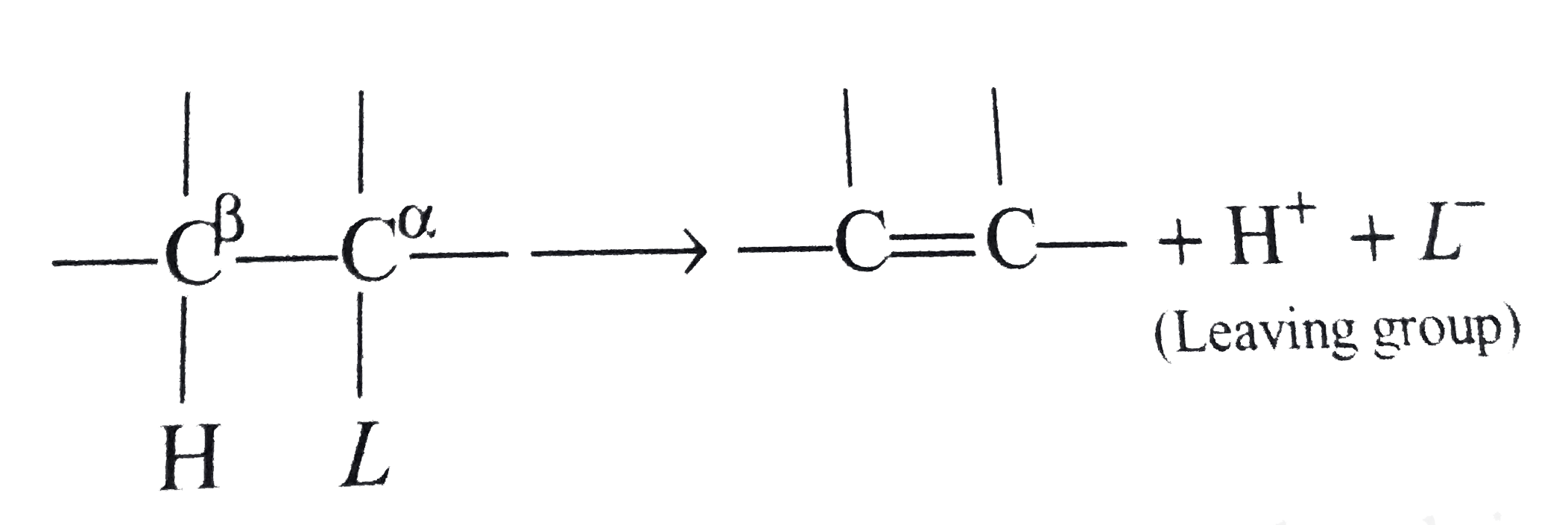A
B
C
D
Text Solution
Verified by Experts
The correct Answer is:
|
Topper's Solved these Questions
HALOALKANES AND HALOARENES
OP TANDON|Exercise Single Interger answer type questions|14 VideosView PlaylistHALOALKANES AND HALOARENES
OP TANDON|Exercise Matrix -Match Type Questions|8 VideosView PlaylistELECTROCHEMISTRY
OP TANDON|Exercise Matrix-Matching Type Question|3 VideosView PlaylistISOMERISM (STRUCTURAL AND STEROISOMERISM)
OP TANDON|Exercise INTEGER|7 VideosView Playlist
OP TANDON-HALOALKANES AND HALOARENES -Linked comprehension type questions passage
- Karl Ziegler reported that alkenes react with N-bromosuccinimide (NBS)...
06:17
|
Play - Karl Ziegler reported that alkenes react with N-bromosuccinimide (NBS)...
06:31
|
Play - The removal of two atoms or groups one generally hydrogen (H^(+)) and ...
03:33
|
Playing Now - The removal of two atoms or groups one generally hydrogen (H^(+)) and ...
03:48
|
Play - The removal of two atoms or groups one generally hydrogen (H^(+)) and ...
03:18
|
Play - The removal of two atoms or groups one generally hydrogen (H^(+)) and ...
Text Solution
|
Play - The removal of two atoms or groups one generally hydrogen (H^(+)) and ...
05:47
|
Play - S(N^(1)) reaction is a first order nucleophilic substitution e.g. CH...
02:36
|
Play - S(N^(1)) reaction is a first order nucleophilic substitution e.g. CH...
02:52
|
Play - S(N^(1)) reaction is a first order nucleophilic substitution e.g. CH...
02:36
|
Play - S(N^(1)) reaction is a first order nucleophilic substitution e.g. CH...
02:25
|
Play - S(N^(1)) reaction is a first order nucleophilic substitution e.g. CH...
02:22
|
Play - Free radical halogenation takes place in the presence of light or at h...
09:19
|
Play - Free radical halogenation takes place in the presence of light or at h...
03:45
|
Play - Free radical halogenation takes place in the presence of light or at h...
03:56
|
Play - Free radical halogenation takes place in the presence of light or at h...
07:01
|
Play - Free radical halogenation takes place in the presence of light or at h...
Text Solution
|
Play - For a typical nucleophilic aromatic substitution reaction to take plac...
03:34
|
Play - For a typical nucleophilic aromatic substitution reaction to take plac...
03:40
|
Play - For a typical nucleophilic aromatic substitution reaction to take plac...
04:23
|
Play

